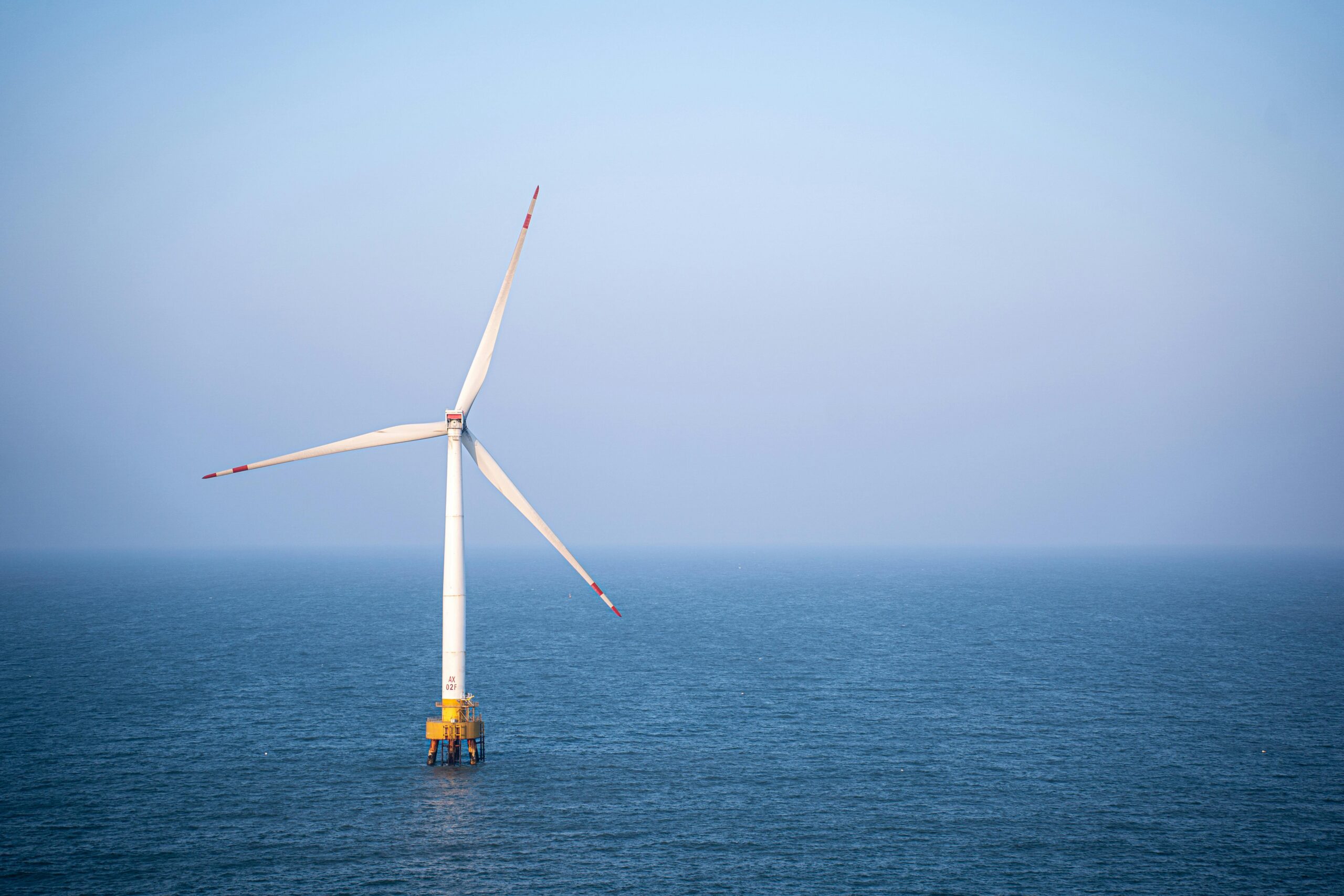The Bureau of Ocean Energy Management (BOEM) has officially rescinded all speculative offshore wind energy areas on the U.S. Outer Continental Shelf (OCS), according to an announcement released last week by the agency.
The decision is the latest in a series of federal actions opposing offshore wind development since President Donald Trump took office in January, impacting 11 previously designated Wind Energy Areas across multiple U.S. regions, including the Gulf of Mexico, North Carolina, the Gulf of Maine, the Oregon Coast, and California’s Morro Bay.
While existing lease rights will be able to continue, the order mandates a comprehensive review of current wind energy leases for potential termination or amendment and extends to both onshore and offshore wind development pending environmental and economic review.
The action aligns with Interior Secretary Doug Burgum’s Order 3437 – “Ending Preferential Treatment for Unreliable, Foreign Controlled Energy Sources in Department Decision-Making” and follows the Presidential Memorandum of January 20, 2025, which ordered the temporary withdrawal of all OCS areas from offshore wind leasing.
On his first day in office, the White House implemented a complete withdrawal of all OCS areas from wind energy leasing through a presidential memorandum that remains in force until revoked.
“By rescinding WEAs, BOEM is ending the federal practice of designating large areas of the OCS for speculative wind development,” BOEM said in its announcement.
Two WEAs were located off Texas and Louisiana, three were off North Carolina, one covered approximately two million acres in New England, and two floating WEAs totaled 195,000 acres off Oregon.
The offshore wind industry had projected $65 billion in investments by 2030, supporting 56,000 jobs, with significant benefits for U.S. shipbuilding and maritime operations, according to federal officials.
The move away from offshore wind development contrasts sharply with the previous administration’s goals of deploying 30 gigawatts of offshore wind capacity by 2030 and 15 gigawatts of floating offshore wind by 2035.
Photo by lange x from Pexels













